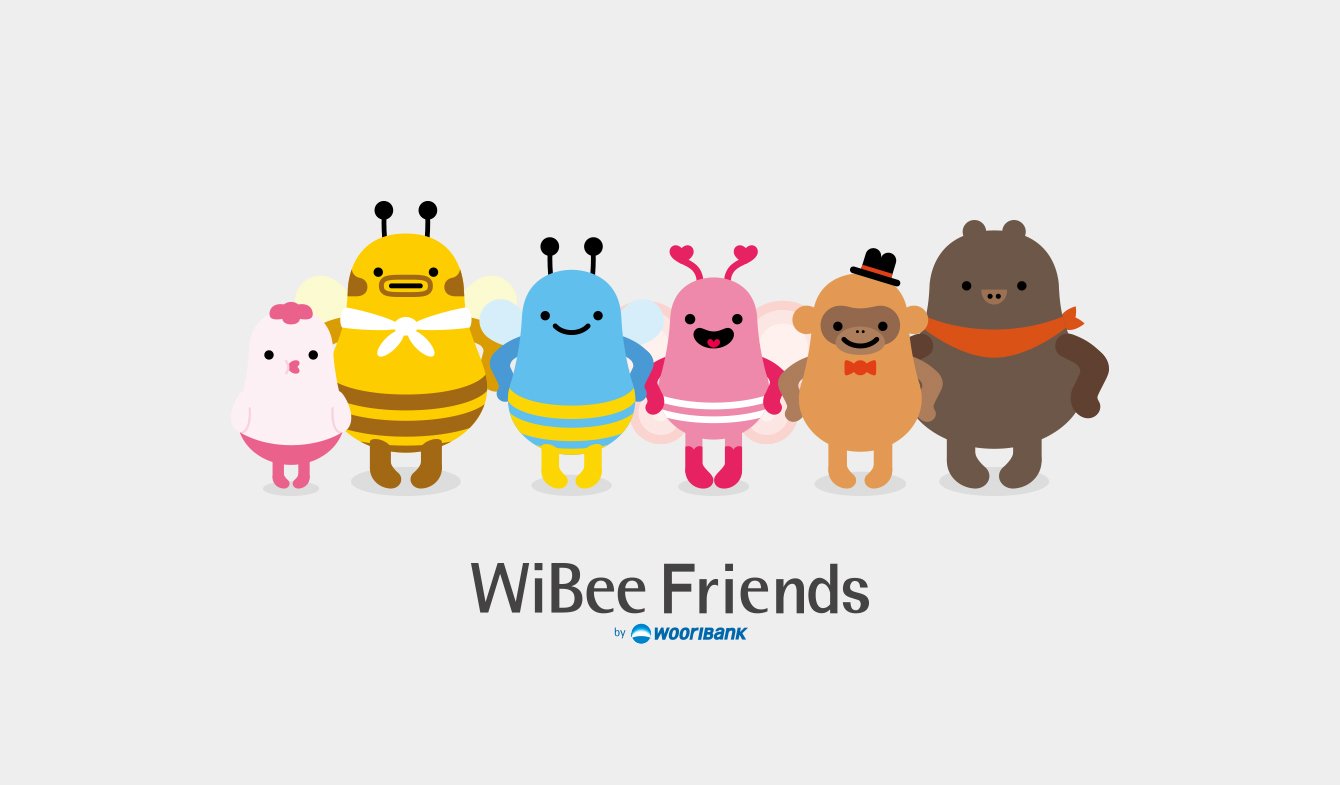
Animation Spurs Positive User-Experience
From its dictionary definition, the term “animation” means the state of being full of life. Cartoon figures line the bustling streets of South Korea in order to sell their respective products, ideas or aesthetics. Whether it is in the form of a stuffed animal from an animated series or a stimulating digital billboard, several Korean businesses exceptionally market their goods in a way that reveals and augments the consumers’ inner-child. One study magnifies the psychological impact of animation, which the researchers describe as “a form of pictorial presentation that has become the most prominent feature of technology-based learning environments.” (1) Furthermore, animation is a flourishing tool that is used to “enhance knowledge, marketing, [and] advertising” in age groups from infants to adults. (1) Animation induces visual interaction and excitement in the most underground spaces. From personal experience as an overwhelmed first-time passenger on Seoul’s subway system, animated figures guide how to enter, where not to sit and proper sanitary practices while aboard. Diving deeper into the details, even the transportation money cards are themed with charming characters. During the time of COVID-19 outbreaks, Seoul subway’s very own mascot appeared in-person and strategically spread awareness of health safety precautions to foreigners who are not able to understand written guidelines. (2)

These subtle, yet tactical animations grab the viewer’s visual attention and develop “executive function, comprehension, spatial ability, and symbolic mediation,” to essentially impart a lasting cognitive impression. (1) From a marketing perspective, these cognitive effects can translate into positive brand associations. Following the lengthy period of consumers adjusting to online shopping during the pandemic, key corporations such as Lotte Property & Development and Hyundai restored and introduced “corporate brand mascots” to “increase sales and boost brand awareness.” (3) Lotte R&D’s infamous rubber duck, weighing in at seven tons, returned to Seoul after an eight-year hiatus and brought in over 700,000 visitors in 2022 alone. (3) One Lotte official responded that the company “‘has been working to bring back what people enjoyed before the pandemic…and thought that adopting brand mascot marketing was the most effective way’.” (3) Within this mascot marketing stands the larger goal of encouraging customers to step into stores and shift back into the highly profitable and social activity of shopping.

Cartoon Characters and Commerce
Animation acts as a universal marketing language spoken through cartoon characters in the professional realm of banking. Kakao Bank, a South Korean mobile-only financial service, implements “digital stickers,” or animated characters, which “allows users to express richer feelings and opinions.” (4) Digital stickers are influencing the way financial and tech companies market products; these figures prove to outshine the price of real spokespeople, establish nostalgia and keep brands relevant within the 20-30-year-old target audience. (4) In order to appeal to a wider audience, emotional connection is vital, and spokes-characters hold the key to bringing a friendly face to daunting nature of finance.
Messenger apps by the Line Corporation and the Kakao Corporation designed “graphical character crews,” known as Line Friends and Kakao Friends. (4) Merchandise based on these characters are available in stores sprawled throughout South Korea, which creates a tourist attraction, and are collaborating with major brands and celebrity groups such as BTS, McDonald’s, Samsonite and Baskin-Robbins. (4) In 2015, the sale of Line Friends’ adhesive sticker packs accounted for 23.8% of Line Corporation’s total revenue, which demonstrates the extent of brand value increased through relevant spokes-characters. (4) Each brand’s character line is engineered with easily understood personality traits. For instance, Kakao Friends were created by emoticon designers who established individual backstories, temperaments and emotions for each character. (5) This intentionality allows users to express themselves over mobile messaging through the guise of texting with digital stickers. Furthermore, each set of characters are creatively bound to the bank’s specialization and motto; Seoul’s Woori Bank has a honey bee-themed squad that reflects the core value of hard work, furthering the brand-mascot association. (6) Investments by digital banks and communication companies into these character lines opens up new avenues of intentional partnerships, innovative advertising and an overall trusting, loyal relationship between customers and the brand.
MEet the friends below






